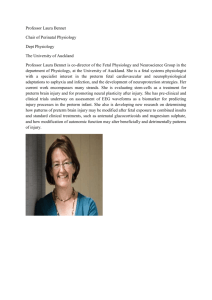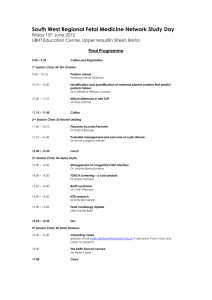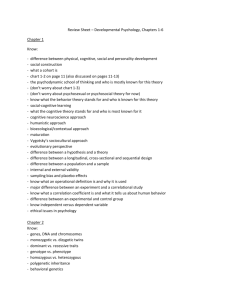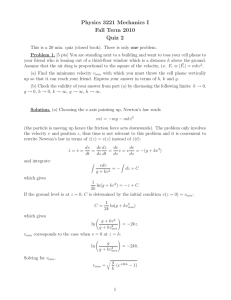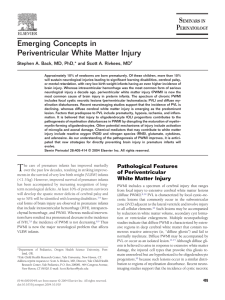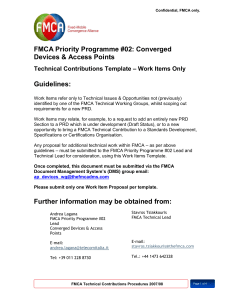fetal haemodinamic and neonatal cerebral circulation in maternal
advertisement
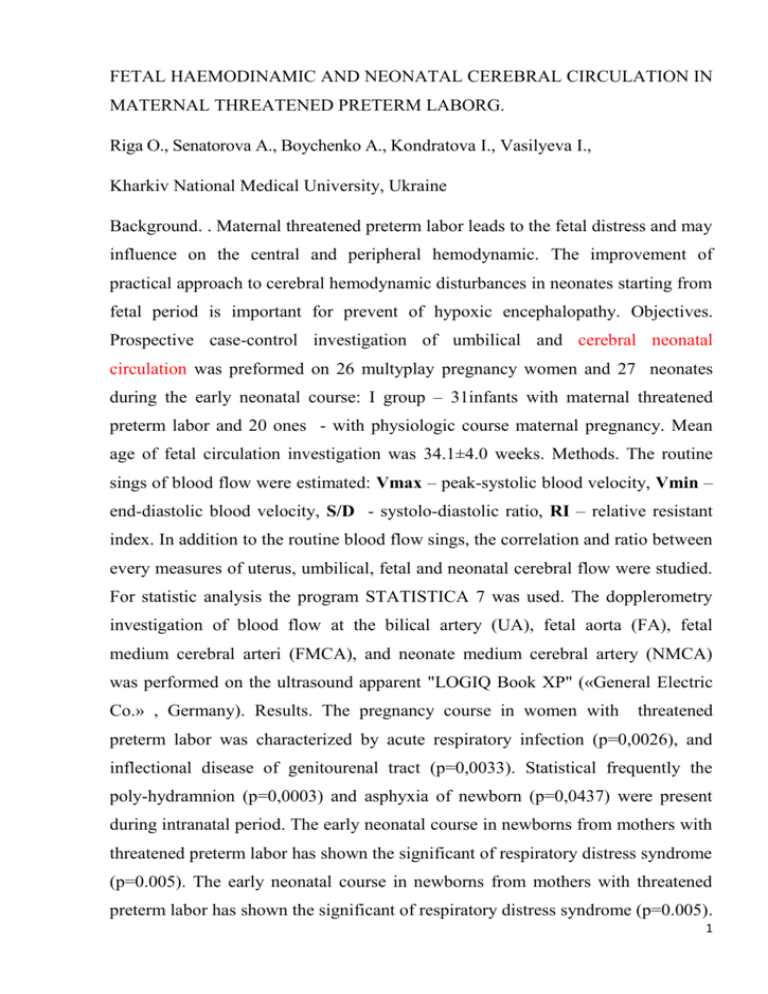
FETAL HAEMODINAMIC AND NEONATAL CEREBRAL CIRCULATION IN MATERNAL THREATENED PRETERM LABORG. Riga О., Senatorova А., Boychenko А., Kondratova I., Vasilyeva I., Kharkiv National Medical University, Ukraine Background. . Maternal threatened preterm labor leads to the fetal distress and may influence on the central and peripheral hemodynamic. The improvement of practical approach to cerebral hemodynamic disturbances in neonates starting from fetal period is important for prevent of hypoxic encephalopathy. Objectives. Prospective case-control investigation of umbilical and cerebral neonatal circulation was preformed on 26 multyplay pregnancy women and 27 neonates during the early neonatal course: I group – 31infants with maternal threatened preterm labor and 20 ones - with physiologic course maternal pregnancy. Mean age of fetal circulation investigation was 34.1±4.0 weeks. Methods. The routine sings of blood flow were estimated: Vmax – peak-systolic blood velocity, Vmin – end-diastolic blood velocity, S/D - systolo-diastolic ratio, RI – relative resistant index. In addition to the routine blood flow sings, the correlation and ratio between every measures of uterus, umbilical, fetal and neonatal cerebral flow were studied. For statistic analysis the program STATISTICA 7 was used. The dopplerometry investigation of blood flow at the bilical artery (UA), fetal aorta (FA), fetal medium cerebral arteri (FMCA), and neonate medium cerebral artery (NMCA) was performed on the ultrasound apparent "LOGIQ Book XP" («General Electric Co.» , Germany). Results. The pregnancy course in women with threatened preterm labor was characterized by acute respiratory infection (p=0,0026), and inflectional disease of genitourenal tract (p=0,0033). Statistical frequently the poly-hydramnion (p=0,0003) and asphyxia of newborn (p=0,0437) were present during intranatal period. The early neonatal course in newborns from mothers with threatened preterm labor has shown the significant of respiratory distress syndrome (p=0.005). The early neonatal course in newborns from mothers with threatened preterm labor has shown the significant of respiratory distress syndrome (p=0.005). 1 There were significant difference (Mann-Whitney U Test) in S/D ratio in uteri artery in women: 2.2 (I) and 1.9 (p=0,0343). There were no difference of blood flow parameter in UA. The statistically significant difference was at fetal aorta: RI 0,83 (I) and 0,80 (II) (p=0,0000); and fetal medial cerebral artery: V max 42.8 (I) cm/sand 47 cm/s (II) [р=0.022]; V min 12.6cm/s (I) and 15cm/s (II) [р=0,000]; RI 0.73 (I) and 0.68 (II) (p=0,0177). The additional parameters of fetal and neonatal cerebral dopplerometry have shown statistic significant difference in neonates both groupes: Vmin FMCA/Vmin UMB: 1.3 ( I) and 0.92 (II) [p=0.0235]; SD FMCA SD UMB: 0.008 (I) and 0.71 (II) [p=0.0041]; SD FMCA/ SD UMB: 1.07 (I) and 1.48 (II) [p=0.0062]; Vmin FAo - Vmin UMB: 6.63(I) and 3.03(II) [p=0.0080]; VminFAo/Vmin UMB: 1.04 (I) and 0.92 (II) [p=0.0235]; Vmin FMCA/Vmin FAo: 1,75(I) and1,44 (II) [p=0,0343]; RI FMCA/IR FAo: 0,80(I) and 0,89(II) [p=0,0326]; V min NMCA/V min UMB: 0,52(I) and 0,41(II) [p=0,0235]. Conclusions.We conclude that infants with maternal threatened preterm labor mothers have decreasing of cerebral hemodynamic speeds since intrauterine period. There is a relation between umbilical flow and cerebral circulation before and after birth. The replacement of blood flow in fetus of woman with threatened preterm labor may be a compensatory process for supporting cerebral hemodynamic during intrauterine life and early neonatal period. The additional dopplerometric parameters may be early diagnostic criteria of fetal reaction to distress. 2
